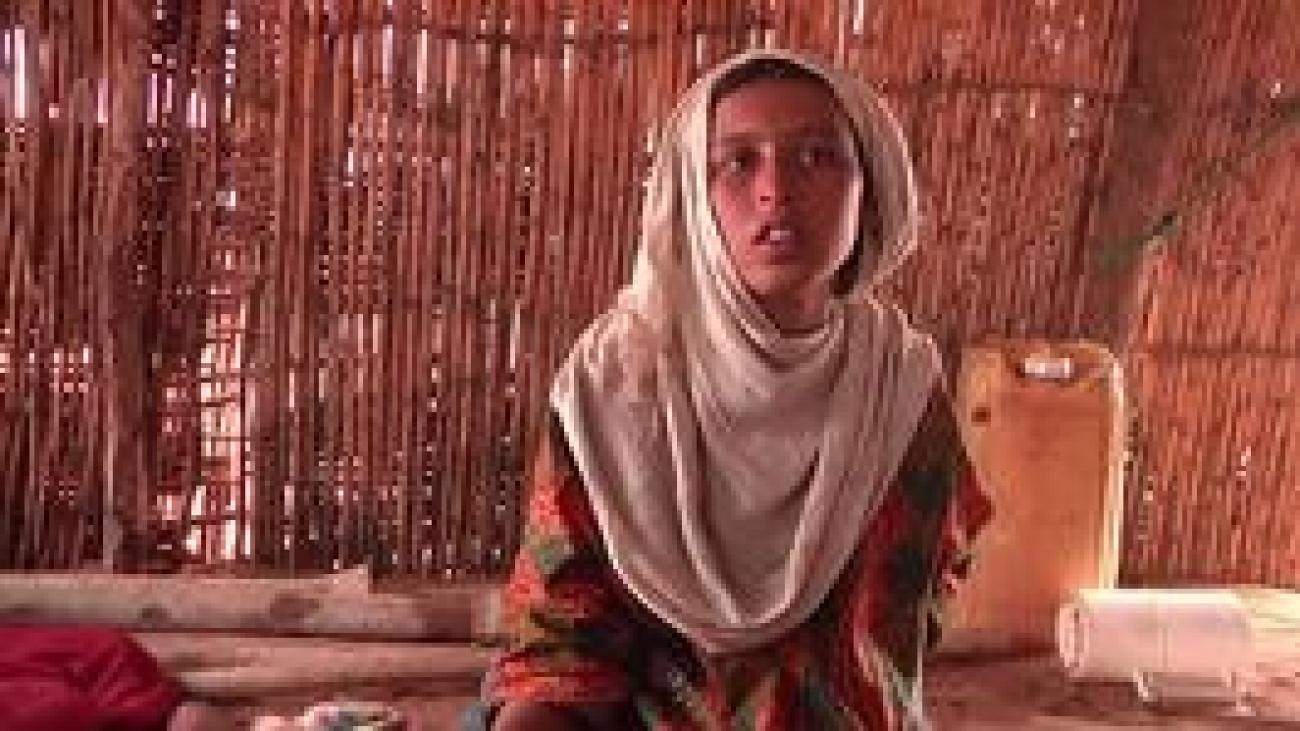Child brides in Africa could more than double to 310 million by 2050 – UNICEF

If current trends persist, the total number of child brides in Africa will rise from 125 million to 310 million by 2050, according to a UNICEF report.
If current trends persist, the total number of child brides in Africa will rise from 125 million to 310 million by 2050, according to a UNICEF report released at the African Union Girls Summit in Lusaka, Zambia, today.
UNICEF’s statistical report, A Profile of Child Marriage in Africa, points to slow rates of reduction, combined with rapid population growth, as major causes for the projected increase. In all other regions of the world, current rates of reduction and demographic trends mean there will be fewer child brides each year. By 2050 Africa will surpass South Asia as the region with the highest number of women aged 20 to 24 who were married as children.
“Child marriage generates norms that have become increasingly difficult to exterminate – norms that undermine the value of our women,” said Chairperson of the African Union Commission Nkosozana Dlamini Zuma. “Through greater awareness, teamed with a collaborative approach, the crippling effects of child marriage can be eradicated.”
Across Africa, the percentage of young women who were married as children has dropped from 44 per cent in 1990 to 34 per cent today. Because Africa’s total population of girls is expected to rise from 275 million today to 465 million by 2050, far more ambitious action is needed – as even a doubling of the current rate of reduction in child marriages will still mean an increase in the number of child brides. Progress has also been deeply inequitable: The likelihood that a girl from the poorest quintile would be married as a child is as strong today as it was 25 years ago.
In Ethiopia – across all regions - one in every five girls below the age of 18 is married (21.4 per cent; EGLDAM, 2008). Consequently, the Government has made a commitment to end child marriage by 2025 through enhanced coordination, budget allocation, accountability mechanism and availability of data. The establishment of a National Alliance to End Child Marriage and Female Genital Mutilation/Cutting (FGM/C) is another significant stride in the effort to end child marriage as it has been key in coordinating interventions. The National Alliance has also been instrumental towards the undertaking of a mapping on child marriage in the country that will provide a foundation for the development of a road map which currently is underway to translate the commitments in to actions leading to the ending of the practice by the set timeline. This national momentum is part of an African and global movement as it gives a great opportunity to unite efforts towards a common, clear and ambitious goal.
Ethiopia has shown significant progress in reducing child marriage and FGM/C in the past few years, yet a lot remains to be done to achieve the country’s commitment to end this harmful practice.
“UNICEF strongly believes that by 2025, Ethiopia will no longer have cases of child marriage. But this will only be possible if we all work together - the government, the civil society, religious and community leaders, women, men and boys and, of course, girls themselves,” said Ms. Gillian Mellsop, UNICEF Representative to Ethiopia.
When children get married, their prospects for a healthy, successful life decline drastically, often setting off an intergenerational cycle of poverty. Child brides are less likely to finish school, more likely to be victims of violence and become infected with HIV. Children born to teenage mothers have a higher risk of being stillborn, dying soon after birth and having low birth weight. Child brides often lack the skills needed for employment.
The African Union launched a continent-wide campaign to End Child Marriage last May. This was followed with an action plan for governments to reduce child marriage rates by increasing girls’ access to birth registration, quality education and reproductive health services; as well as strengthening and enforcing laws and policies that protect girls’ rights and prohibit marriage before 18.
“The sheer number of girls affected -- and what this means in terms of lost childhoods and shattered futures -- underline the urgency of banning the practice of child marriage once and for all," said UNICEF Executive Director Anthony Lake. "The data is also clear that ending child marriage requires a much sharper focus on reaching the poorest and most marginalized girls -- those in greatest need and at greatest risk -- with quality education and a host of other protective services. Their lives, and the futures of their communities, are at stake. Each child bride is an individual tragedy. An increase in their number is intolerable."


